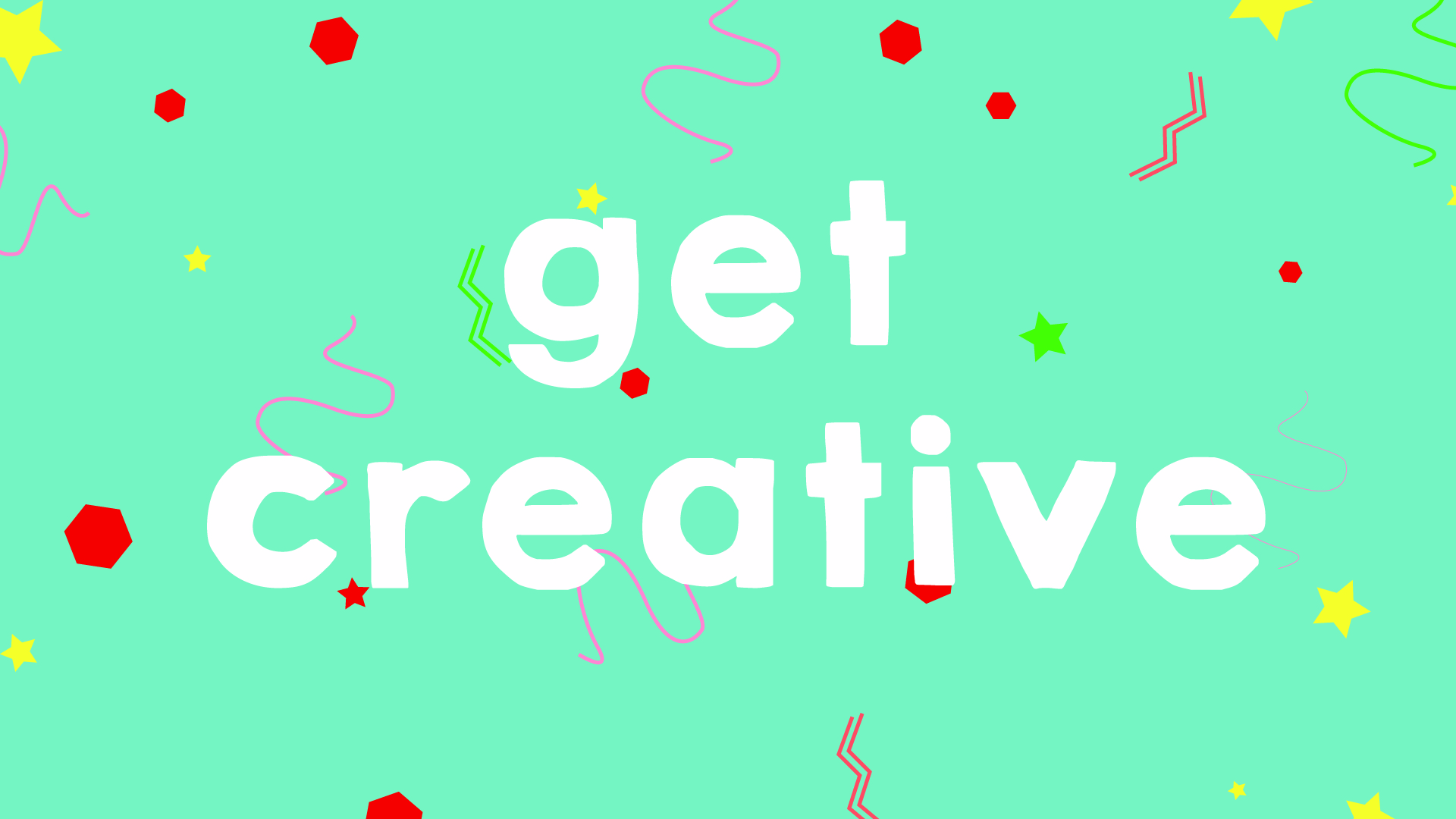Contemporary Art Thinking

Summary
- The focus of the Open Toolkit is to help learners explore how limitations, unexpected twists, and shifted perspectives can stimulate creativity. It guides participants to discover that the mind is flexible, ideas can grow through focus, and “bad” ideas can become powerful creative starting points
It follows a step-by-step structure where learners:
- Receive a short introduction to the creative block problem.
- Generate multiple artistic ideas.
- Sort their ideas into “good” and “bad.”
- Discard the “good” ideas and work only with the “bad” ones.
- Transform those “bad” ideas into a creative project using provided materials.
- The structure is designed to help learners discover something new about their own creative process.
By the end of this workshop, participants will:
- Understand that limitations can spark creativity rather than restrict it.
- Experience how focus and mindset can expand or transform artistic ideas.
- Learn to see unconventional or rejected ideas as valuable material.
- Develop emotional engagement and commitment through an unexpected creative twist.
Participants can expect:
- A guided, hands-on creative activity.
- A surprising challenge that shifts their perspective.
- Opportunities to experiment using simple materials.
- A supportive environment for exploring unconventional ideas.
- Personal insights into their own creative habits and limitations.
- What should Participants NOT expect?
Participants should not expect:
- Traditional art instruction or technical skill teaching.
- A focus on producing polished or “gallery-ready” artworks.
- Feedback based on judging “good” vs. “bad” artistic results.
- A predictable or standard creative process.
Introduction & Aim
Much like in life, the creative process often leads us into moments of uncertainty or “lack of inspiration.”
Makers, artisans, and artists whose well-being depends on their creations know about it very well.
These moments, however, are not to be feared. Instead, they offer an opportunity to shift perspectives, pushing us to embrace constraints as stepping stones to innovation.
In this study, you will have a chance to step into a Contemporary artist’s shoes and test your knowledge of Contemporary Art. Solving an unexpected conundrum will expand your creative thinking. This process will not only stimulate your emotions and commitment but also encourage you to rethink your approach to creativity. You’ll discover how limiting your options can open vast new landscapes for experimentation and artistic expression, and take you to places you wouldn’t otherwise reach.
By the end of the session, you’ll leave with a sense of satisfaction from creating something unique and, more importantly, a deeper understanding of how limitations can drive freedom and creativity.
“The more constraints one imposes, the more one frees oneself.”
~ Igor Stravinsky
As the artist Olga Jackowska said, “More discipline means more freedom.” This workshop will serve as a foundation for further creative development, showing that no matter the challenge, creativity can always thrive when approached with the right mindset.
Let’s dive into the process and see what surprises await.
Materials needed to run the workshop:
– paper (paper sheets or posted notes)
– writing, drawing materials – pens, pencils, etc.
– scizours
Additional (but not necessary) materials
– laptop/tablet
– camera
– A1, A2 or A3 piece of paper
Step 1: Contemporary Art Examples (3 min)
Think about ideas or examples of quality topics that could become subjects of Contemporary Artwork. Have you visited an exhibition recently? Do you have a favorite artist? You can reflect on existing ideas or come up with entirely new ones. Feel free to explore Contemporary Art Gallery websites for inspiration.
Step 2: Write the Ideas Down (2 min)
Using one sheet of paper for each idea, write down four topics/ideas/examples you came up with. You may write or draw them.
Important: Leave at least half of the paper empty.
Step 3: Divide the Ideas (2 min)
Compare the ideas you wrote or drew. Choose the two you like the most and the two you like the least. Think of them as:
-
“Good” ideas – the ones you feel you could easily engage with, or that you like the most.
-
“Bad” ideas – the ones that feel less appealing or harder to develop.
Step 4: The Twist (1 min)
Discard the “good” ideas. Keep only the “bad” ones.
Step 5: Develop the Idea (5 min)
Now develop a project or prototype from the “bad” ideas. You can:
-
Write down how you would expand the idea
-
Draw a prototype, sketch, or outline of the work
Step 6: Share the Idea With Your Peer (3 min)
Explain your idea to a partner:
-
What did you write or draw?
-
Why is it important or interesting to you?
Continue the discussion freely.
Step 7: Evaluate (2–4 min)
Reflect on the experience:
-
How did the workshop make you feel?
-
Did you feel uncomfortable, intrigued, or challenged?
-
Do you think artists often experience creative burnout and need to experiment to refresh their creativity?
Feel free to follow up with this entertaining video about creative thinking:
https://www.youtube.com/watch?v=9C_HReR_McQ
Useful links:
20 min timer:
https://www.youtube.com/watch?v=CBvqJj8XCxQ
Banground music
https://www.youtube.com/watch?v=xy_NKN75Jhw&list=RDxy_NKN75Jhw&start_radio=1
Additional concent (+16)
https://www.youtube.com/watch?v=9C_HReR_McQ


